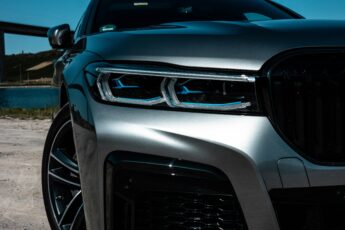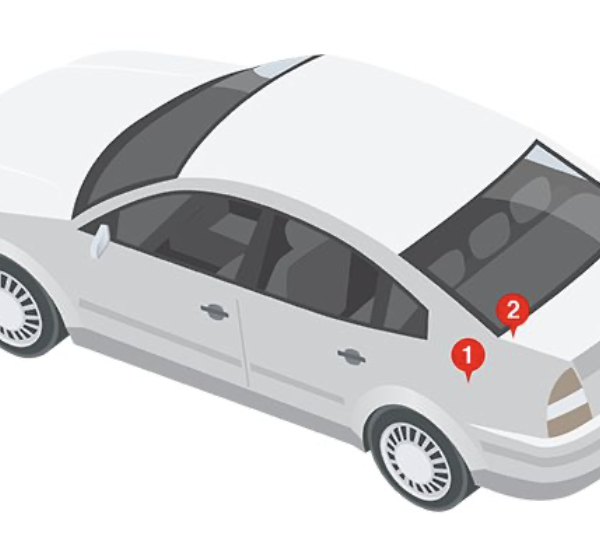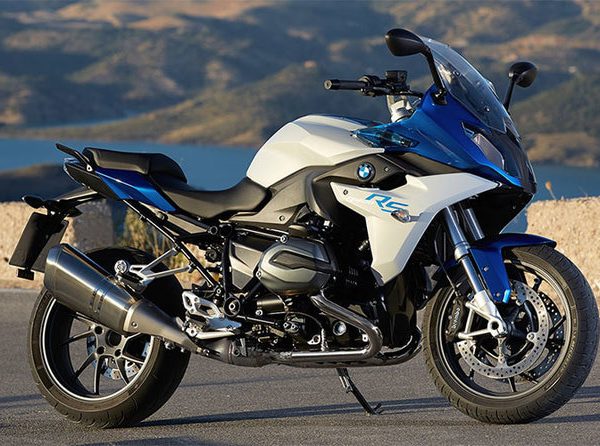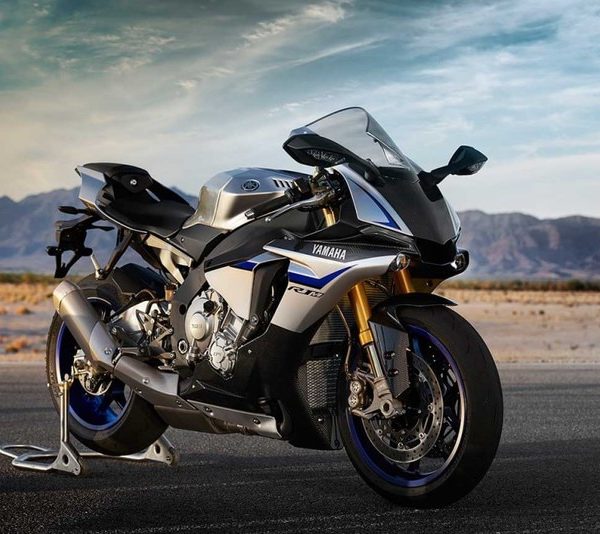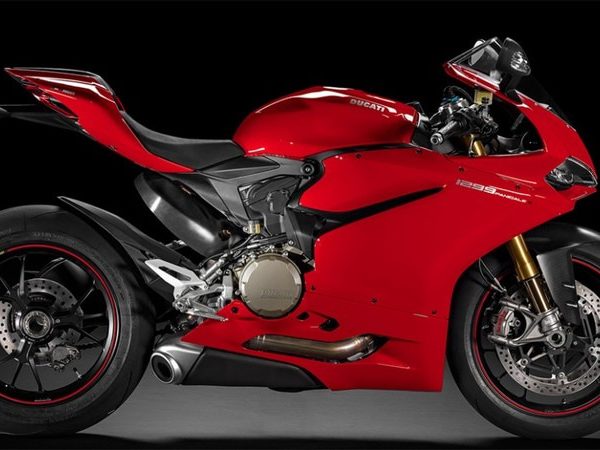Tips For Every Adventure: Off Road Damage
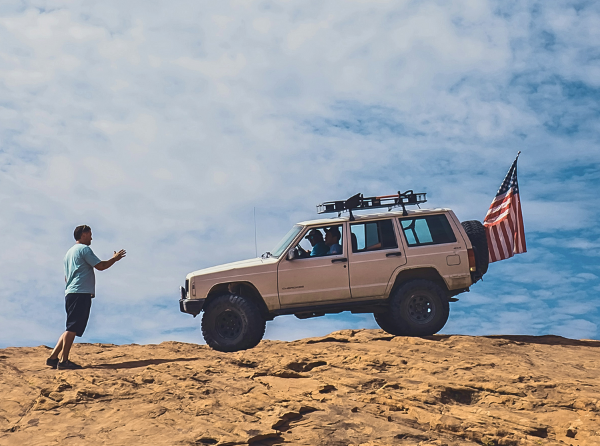
Off-roading is an exhilarating hobby that combines adventure, skill, and a bit of mud-slinging fun. It’s about taking your vehicle off the beaten path and challenging yourself with rugged terrains. But before you hit the trails, it’s crucial to understand what off-roading entails, how to get started, what kind of off road vehicles are bet, and how to protect that vehicle—especially its paint—from the elements you’ll encounter on public land. Here’s your go-to guide for embarking on off-road adventures and keeping your ride in top shape.
Getting Started with Off-Roading
If you want to go rock crawling or really make that dirt fly, you’ll need to choose the right road vehicle. Not all vehicles are suited for off-roading. You will need a robust off road vehicle. Look for trucks or an SUV that feature a four wheel drive, high ground clearance and possibly enhanced suspension systems. A four wheel drive provides traction that is important in difficult off road terrain, giving you extra protection in areas with sand, snow, rocks. Popular models of off-road vehicles include the Jeep Wrangler, Toyota Tacoma, and Ford Bronco, the list goes on and on. Do your research and kick the tires but ultimately you should just follow your heart!
While getting the right road vehicle is a great first step, most people go a little further in getting their wheels ready for sand dunes and dirt trails. Equip your vehicle with off-road tires, brush guards, a winch, skid plates to protect the undercarriage, and additional lighting. Don’t forget recovery gear like tow straps and a shovel. You can make additional modifications that will make your car or truck extremely durable and ready to handle high impact areas that other vehicles cannot traverse.
Now that you’re all kitted out with a car that can handle the terrain, it’s time to learn the basics. Understanding how to navigate different terrains such as mud, sand, and rocks is essential. Dedicate several months to honing your craft. Consider taking an off-roading course or joining a club to gain experience and learn from seasoned off-roaders. Having a capable hand teach and lead you on these difficult trails will help decrease the risk to you and your road vehicle. They’ll also help you figure out which trail is safe for you to drive. In some public land, driving off the designated trails is strictly forbidden. You don’t want to have to pay a hefty fine for putting your car on the wrong trail!
Hazards, Maintenance, and Protection
When protecting the paint of your vehicle, you first need to know the danger. It doesn’t matter how capable of a driver you are, these are issues that the most well-equipped driver will face. Off roading can expose your vehicle to a variety of environmental factors that can damage the paint. The brush and debris from overgrown trails can damage the coating on your ride. When driving through muddy terrain, look out for mud and grit. These can cling to your off road vehicle and, if not cleaned off properly, can scratch the paint when they dry. Rocks are also a major danger as flying rocks kicked up by your tires or those of vehicles ahead can cause chips and dents. In areas of high winds, drive your car slower to lessen the chance of wind debris scratching your paint job. If you’re driving your car on a desert trail, you can face an abrasive terrain filled with sand, rocks, and gravel that can cause rough scratches on your off road vehicle. Additional modifications can be installed to specifically help avoid scratches from debris. For instance, fender flares are intended to protect your vehicle from the rough debris that causes scratches.
How To Fix Your Paint Job After Hitting the Trail
There are lots of things you can to do protect and maintain your paint job while still enjoying the thrill of taking your car or truck on a ride down the trail. The first step you can take is undertaking routine inspections of your vehicle after a trip. Check everywhere from the doors to the tires. Look for scratches, chips, and areas where mud or grit has accumulated. If you find them, remove it immediately so it doesn’t damage the paint. This little act of protection can help you big time down the road. Once you’ve undertaken your inspection, you’re going to want to give your truck or car a little wash. Off road vehicles get filthy after a good drive but this cleaning is as much about maintenance as it is about aesthetics. Washing your car prevents dirt and debris from causing long-term damage. Use a pressure washer to remove stuck-on mud and grit.
Let’s be honest though, be it trucks or cars, high ability or low, off road vehicles are going to get scratched up. It just comes with the territory. What you need in this instance is paint. Specifically, touch up paint. When you’ve got scratches and chips on your truck or car, touch up paint is your best friend. First, we need to find the right color for your car. TouchUpDirect matches color codes direct from your manufacturer’s database. Order your paint using the color code. You can find your color code somewhere on your car, usually in the door jamb. This step is important and should not be missed. Slightly different colors on your car coating will give your paint job a rough appearance. Now that you’ve got your paint, it’s time to fix up your car’s surface.
First, determine how big the size of the scratch is. This will allow you to figure out which applicator you’ll need. For scratches the size of a pencil eraser or smaller, you’ll want to use the Pen applicator to fix the damage. For areas the size of a quarter or smaller, a Brush applicator is the recommended fix. For large panels, you’ll want to use Aerosol spray. Clean the scratch area with soap and water. Wipe it dry. Open the package of Wax & Grease Remover and gently wipe the area in one direction for 2-3 times. This will remove any excess grease from the project area.
Now you need to determine if you need Primer. Primer acts like an adhesive, allowing the paint to stick to the surface of your off road vehicles and helping to create a smooth surface for paint. Primer also offers a degree of protection, helping to maintain your paint job by fighting corrosion and rust. How do you know if you need Primer? If you can see the original base material on the surface of your vehicle, you will need to put down Primer. If there are just light dings and scratches on your vehicle’s body, you are clear to continue without Primer. Apply 2 to 3 coats evenly over the damaged area. Allow it to dry for 15 to 20 minutes before adding the Colorcoat.
The Colorcoat is exactly what it sounds like. Colorcoat gets its name from the fact that this layer is the actual color you see with your eyes. If the car is blue, the Colorcoat paint is blue. If the car is white, the Colorcoat paint is white. Again, apply 2 to 3 even coats before allowing it to dry. You’re now ready for the Clearcoat. What is Clearcoat? This durable coating is a very thin layer of finish that is the top part of a multi-step touch up process. Since the Colorcoat paint can rely on the Primer and Clearcoat for protection, durability and shine, it can concentrate on being the most vibrant color it can be. Clearcoat both protects and enhances the color on your vehicle. In most cases, it provides gloss and shine to your paint job. Clearcoat is also chemically resistant to many types of outside hindrances like tree sap, bird droppings and several types of fuel. It’s treated with UV resistance that will keep the sun rays off from fading your color. Apply 2 to 3 even coats with 15 minutes in between. Wait 48 hours for the Clearcoat to dry before applying any wax or polish to your off road vehicles.
Off-roading is not just about handling your vehicle; it’s also about maintaining its appearance and integrity. By understanding the challenges posed by different environments and knowing how to deal with them, you can enjoy your adventures without compromising the condition of your off road vehicle. Keep these tips in mind, gear up, and get ready to tackle the great outdoors with your four-wheeled companion by your side. Be it sand or forest, snow or rain, we hope that you have a great time!
Oof. Looks like your off road vehicles could use some touch up paint. We know just the company to help you. Blended and mixed right here by the guys on site at our SoCal location, TouchUpDirect touch up paint is guaranteed to match. DIY touch ups can be a lot of work, so we’ve made it our mission to make the process as easy as possible. In addition to our gorgeous paint, TouchUpDirect’s applicators and accessories are designed for easy use. Even the most capable and confident DIYer could use a little bit of help with their paint projects. Between our blog posts and the giant library of instructions we’ve created, we’ve got touch up paint walkthroughs for everyone. And if you don’t want to read, check out the many instructional videos on our YouTube page.

 Cart
Cart
 Help Desk
Help Desk


